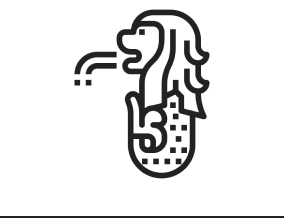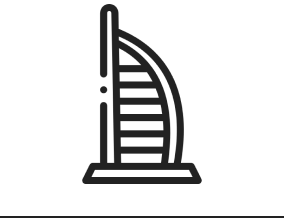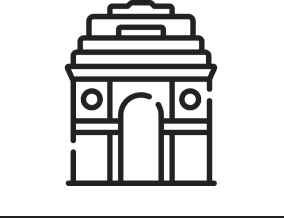Are you a hotel owner or manager struggling to predict future demand for your property? Do you find it challenging to make data-driven decisions about staffing, inventory management, and marketing campaigns? If so, you’re not alone. Many hospitality professionals face these same challenges when trying to forecast hotel performance. In this blog post, we will explore some common hotel forecasting methods that can help you make more informed decisions.
Firstly, let’s define what hotel forecasting is. It is the process of using historical data and market trends to estimate future occupancy rates, average daily rate (ADR), and revenue per available room (RevPAR). Accurate forecasting is important in the hotel industry since it allows them to optimize their operations and increase profitability.
Popular Hotel Forecasting Methods
Explore 6 proven approaches to forecast hotel performance accurately.
Time Series Analysis: This method involves analyzing historical data patterns to identify trends and seasonality. By examining past occupancy rates, ADR, and RevPAR, you can predict future demand and adjust your strategies accordingly.
For example, if you notice that bookings tend to spike during certain holidays or events, you can plan your promotions and staff scheduling around those periods.
Regression Analysis: This statistical technique helps establish relationships between dependent and independent variables. You can use regression analysis to determine how factors such as weather conditions, economic indicators, or competitor pricing impact your hotel’s performance.
Once you understand these correlations, you can adapt your business strategy to capitalize on positive influences and mitigate negative ones.
Market Segmentation: Breaking down your customer base into specific segments based on demographics, booking behavior, or travel purposes enables you to create targeted marketing campaigns and tailor your services to each group.
Analyzing segment-specific data can also provide insights into which markets drive the most revenue, allowing you to prioritize resources accordingly.
Competitive Set Analysis: Monitoring the performance of similar properties in your area helps you gauge industry trends and assess your competitive position.
Comparing key metrics like occupancy rates and ADR against rivals can reveal areas where you excel or fall behind, prompting necessary improvements to maintain a strong market presence.
Simulation Modeling: Using computer software to simulate various scenarios, such as changes in demand or pricing, lets you test different strategies without risking real-world consequences.
These models consider multiple variables simultaneously, offering a comprehensive view of potential outcomes and enabling better decision-making.
Machine Learning Algorithms: Advanced analytics tools harness machine learning algorithms to analyze vast amounts of data quickly and accurately.
Predictive modeling techniques learn from historical data to generate accurate forecasts. Moroever, natural language processing extracts valuable insights from unstructured text sources like reviews and social media posts.
Best Practices To Implement Successful Hotel Forecasting Methods
Adopt these essential strategies for improving the precision and value of your hotel forecasts.
Gather High-quality Data: Ensure accuracy by collecting reliable information from internal systems, external sources, and third-party providers. Regularly update your datasets to reflect changing market dynamics.
Choose Appropriate Metrics: Focus on relevant KPIs like occupancy rate, ADR, and RevPAR, rather than relying solely on intuition or anecdotal evidence. Adjust your measurement approach as needed to align with evolving goals and priorities.
Collaborate Across Departments: Encourage cross-functional communication among sales, marketing, finance, and operational teams to ensure consistent forecasting practices and buy-in throughout the organization.
Continuously Review and Refine: Periodically evaluate the effectiveness of your hotel forecasting methods, making adjustments as necessary to improve accuracy and address new challenges. Implement feedback loops to encourage ongoing improvement and adaptation.
Conclusion
Implementing effective hotel forecasting methods requires careful consideration of both quantitative and qualitative factors. By combining the popular methods mentioned, you can develop a robust hotel forecasting solution that drives growth and enhances profitability. Remember always to collaborate across departments, gather quality data, choose appropriate metrics, and continuously iterate on your processes for optimal results.






